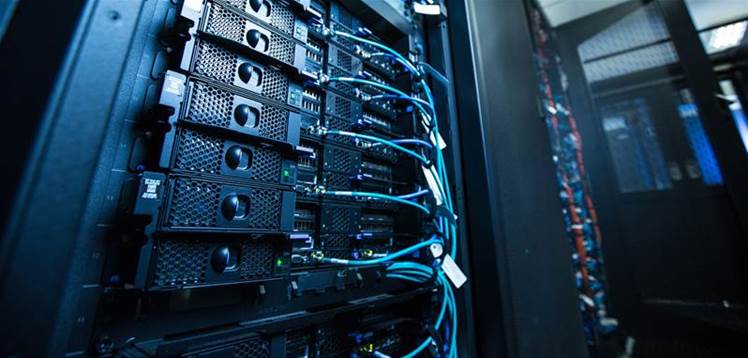Data centres are quickly moving to renewable energy and adopting new technologies to reduce their emissions generation.
Companies such as cloud security leader Zscaler are following the digital giants in powering 78 per cent of its data centres with renewable energy and purchasing renewable energy certificates (RECs) from wind and solar farms to achieve 100 per cent.
The company’s approach to addressing its environmental impact includes matching these RECs with the projected non-renewable energy expected to be used by Zscaler’s offices and data centres for the year of 2021. This methodology includes scope three emissions from emissions generated in the supply chain in its net zero path.
According to Amit Sinha, president and CTO and board member for Zscaler, “Zscaler supports our customers’ goals of adopting Zero Trust security and eliminating the carbon emissions associated with the energy used for their security program. We will continue to enhance the efficiency of our architecture and infrastructure to do our part in addressing climate change.”
According to high-performance computing (HPC) provider EngineRoom, data centres consume more than 5 billion kilowatt hours of electricity a year, equivalent to 3.5 per cent of Australia’s total electricity consumption and forecasts estimate that up to 500 mega watts of new data centre capacity will be generated in Australia in the next 5 years.
EngineRoom has launched an industry first liquid immersion cooling technology HYDRA, which it claims will reduce energy consumption by 40 per cent.
According to Stefan Gillard, CEO and founder of EngineRoom, “Using liquid immersion cooling we are able to increase both the processing power and performance of High Performance Computing, while drastically reducing electricity usage. This enables us to deliver significant savings in compute cost and a significant reduction in emissions. The positive outcomes for alternative cooling technologies are immense and the exponential rise in both the volume and value of data make the adoption of liquid cooling technologies inevitable.”
The company claims that traditional methods for air cooling limits hardware effectiveness, while the liquid immersion technology provides energy efficient cooling, while allowing hardware to run at its peak performance.
“We immediately saw the seismic change that EngineRoom’s solution could provide to the Australian data management market as well as its capacity to propel Australian innovation forward by giving start-ups, researchers and SMEs access to high performance computing as a service”, says Johnny Kahlbetzer, CEO at Twynam Investments.
“This shift in design and operation also opens up bigger questions around the future of work, the future of population centres in Australia and opening up rural and regional access to high performance, low-cost compute.”
EngineRoom announced today that it has partnered with Australian data centre NEXTDC (ASX:NXT) to bring the HYDRA solution to the local market.
The technology has been housed in NEXTDC’s S2 Sydney data centre, and the partnership is exploring further benefits of the technology especially with reference to reusing heat to support office heating, hot water or ancillary power says EngineRoom.

According to EngineRoom Chief Customer and Commercial Officer, Jonathan Buchanan: “Our priority is delivering customers the right solution for the challenges they’re trying to solve; therefore, it was important for us to partner with a company who would approach our relationship with a flexible and open mindset and think differently about achieving the right outcomes.”
“Our shared values of innovation, thinking outside the box to solve challenges, and being proudly Australian make this partnership a natural fit,” Buchanan said.


.png&h=140&w=231&c=1&s=0)
_(20).jpg&h=140&w=231&c=1&s=0)

_(22).jpg&h=140&w=231&c=1&s=0)



_(26).jpg&w=100&c=1&s=0)

 iTnews Executive Retreat - Security Leaders Edition
iTnews Executive Retreat - Security Leaders Edition












_(1).jpg&h=140&w=231&c=1&s=0)



